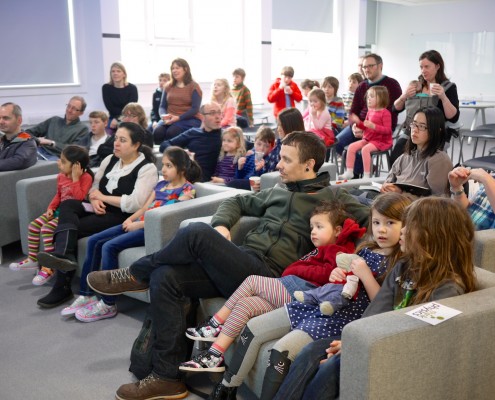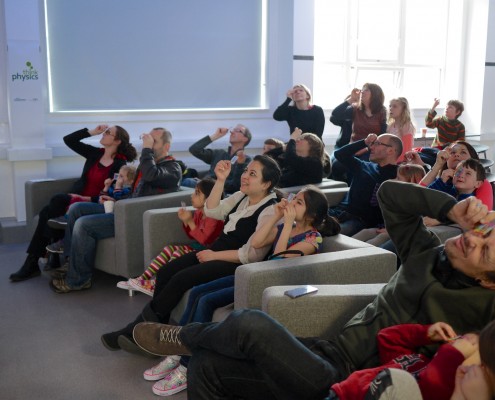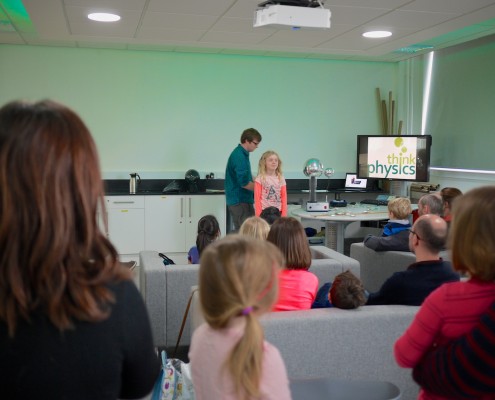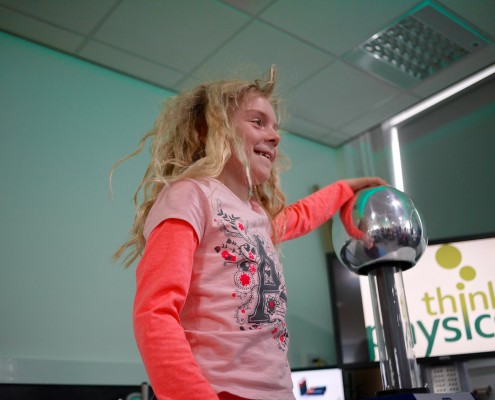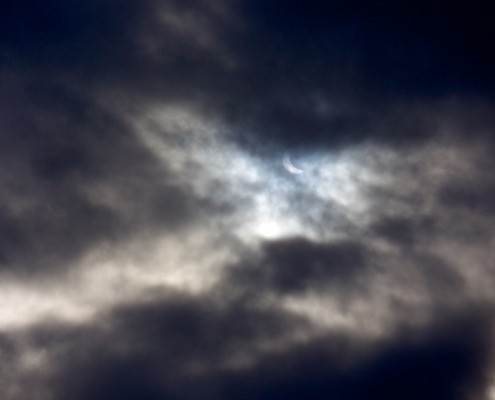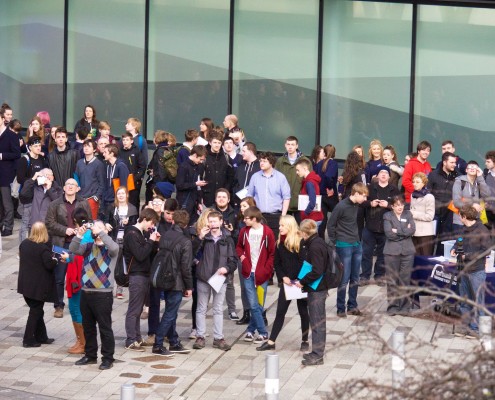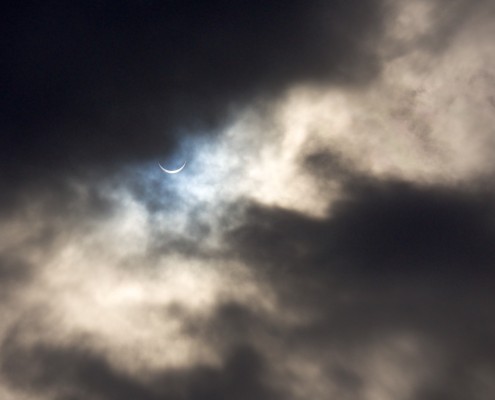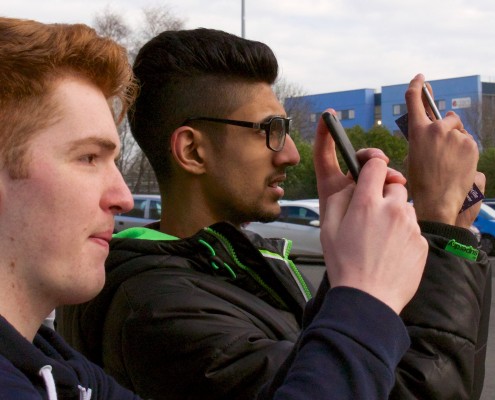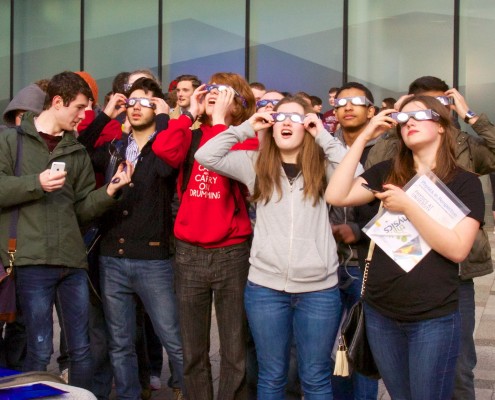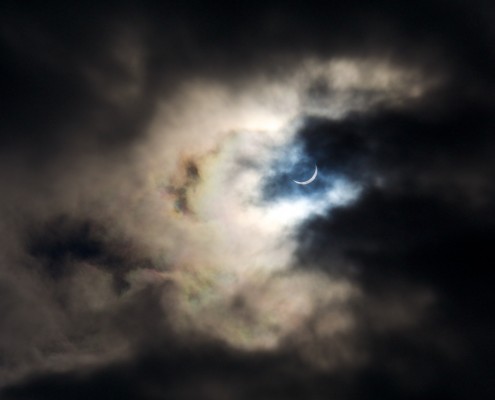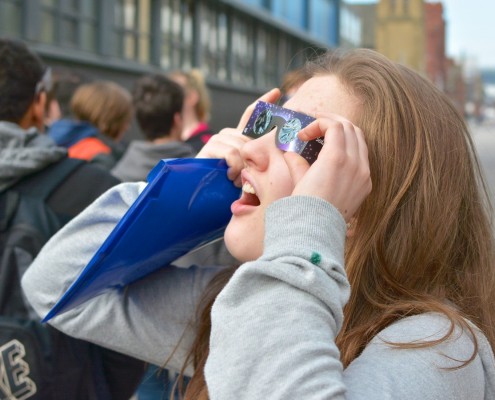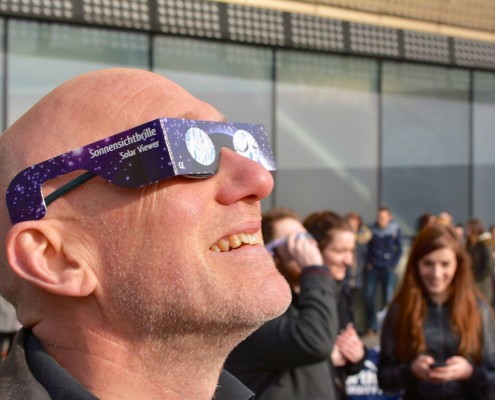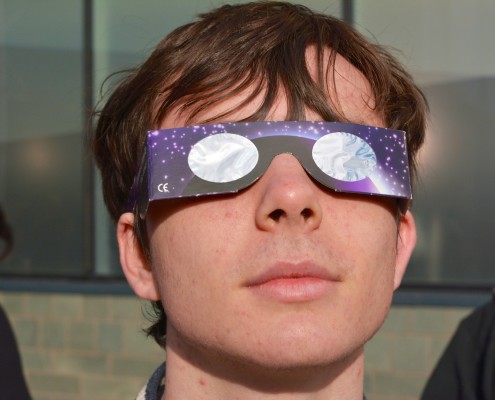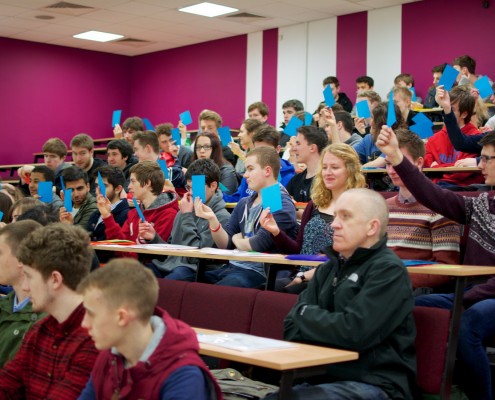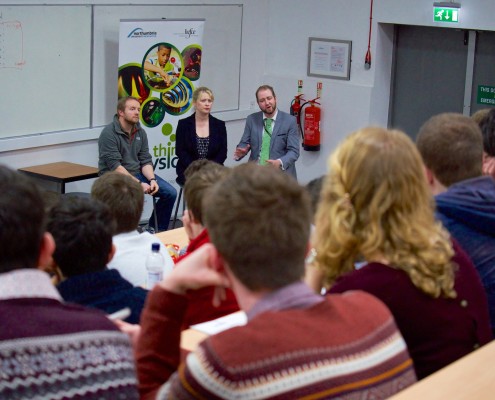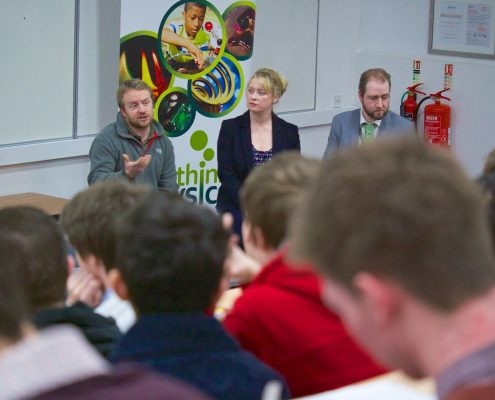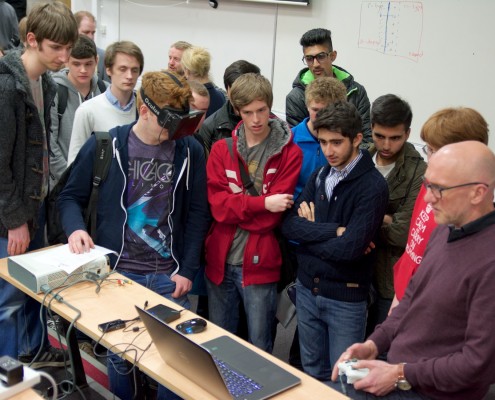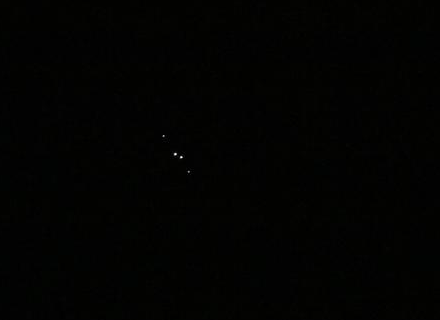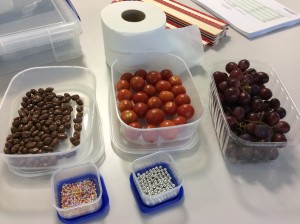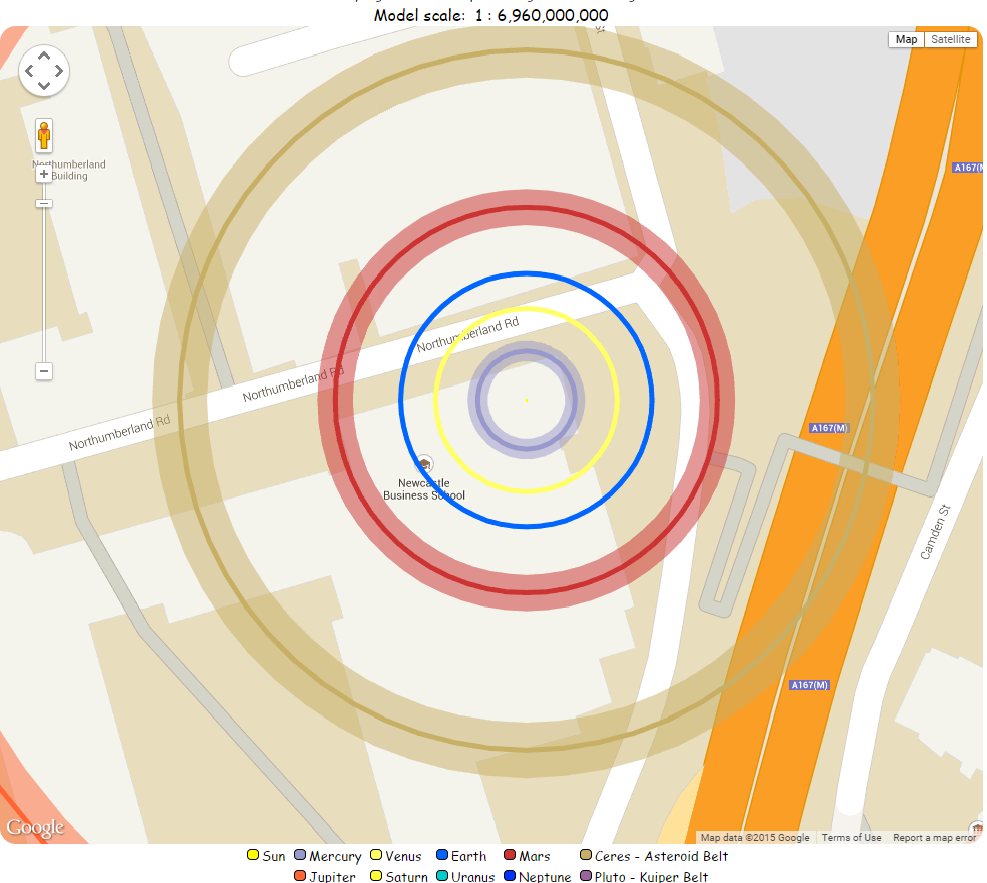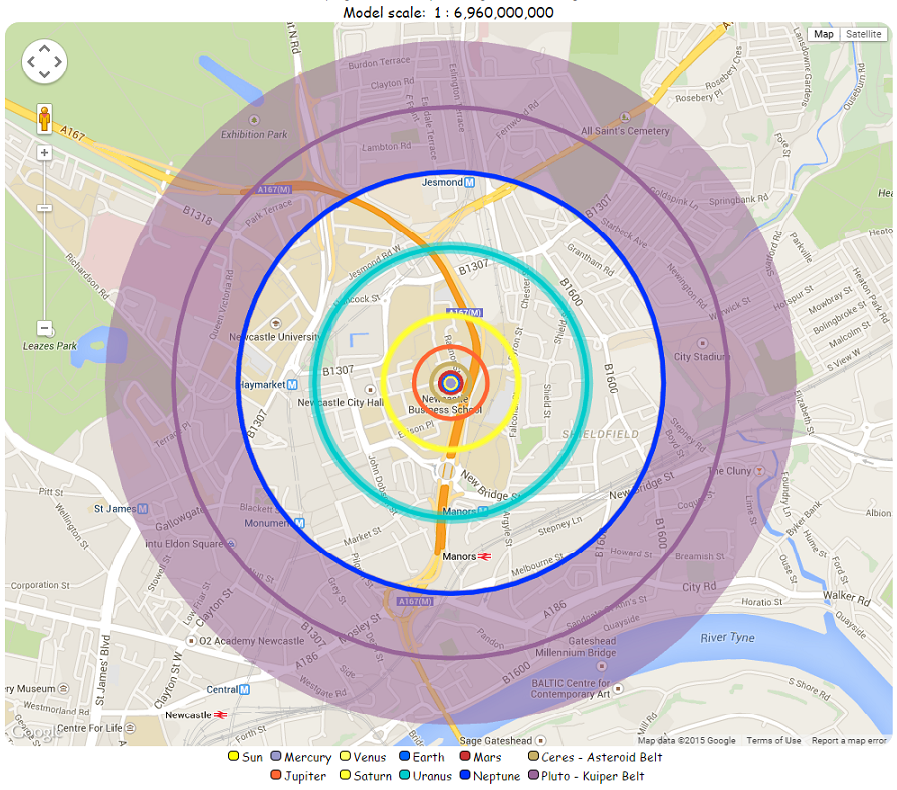Last Week, in Think Physics…
[you’ll have to imagine one of us reading this first line with some dramatic music playing in the background]
Previously, in Think Physics…
Joe was in The Netherlands last week for the UNAWE Workshops – a worldwide primary space education conference. Hosted at Leiden University, with delegates from more than 25 countries, he reports excellent lunches and some useful ideas. We’ll twist his arm to write something more extensive soon.
Less internationally, I was at an Enterprising Science workshop in London, hosted by the Science Museum and King’s College. Lots of useful nuggets and discussions, and a trip around the utterly fabulous new Cosmonauts exhibition. I may have geeked out just a little over the Soviet-era LK-3 lunar lander that’s on display. Sadly, no photography allowed.
Back home in Newcastle, we’ve now held the first two sessions of our sell-out Royal Institution Engineering Masterclasses:
…and we had an excellent turn-out for the first of our Physics Matters! lecture series:
Free tickets are still available for the rest of the series – starting with Biophysics this Thursday evening.
Speaking of events, don’t miss our calendar – we’ve been adding loads of stuff to it. Upcoming highlights include our A-level Physics teachers’ network meeting on 18th November, astronaut Chris Hadfield at the Centre for Life a few days earlier, and Edinburgh Fringe sensation Festival of the Spoken Nerd at Northern Stage on 30th October.
Otherwise, we’ve been fielding calls and requests and meetings with loads of our partner schools, nailing down the details of what we’re going to be up to for the rest of the year. It’s busy!
Finally, and of critical importance, this week has started fantastically well: project director Carol brought in a cake.
[back to the dramatic voiceover]
And now, Think Physics continues…

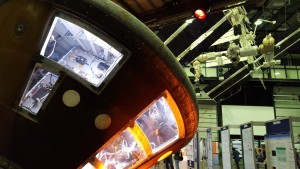
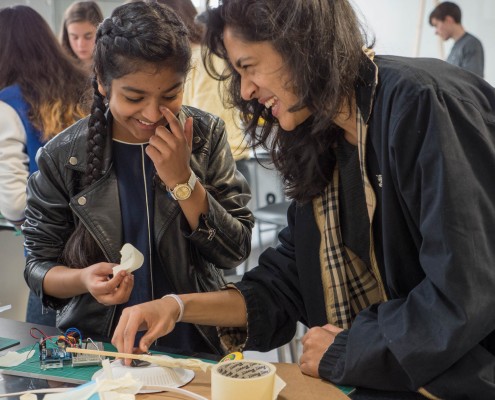
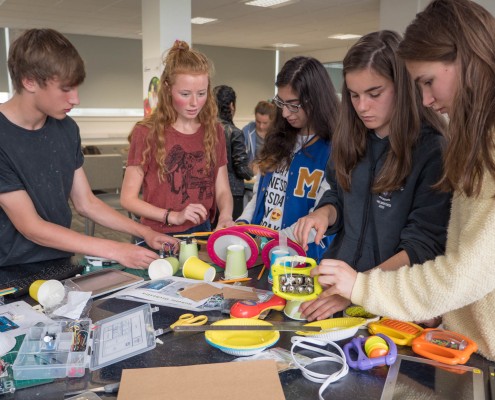
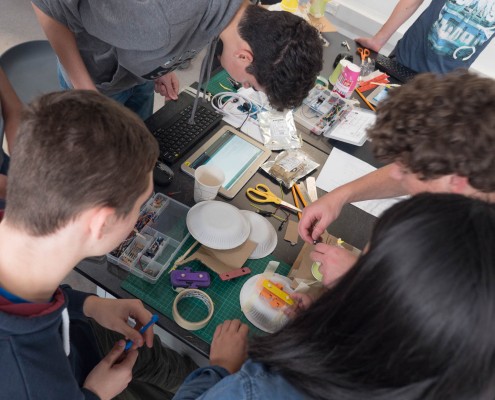
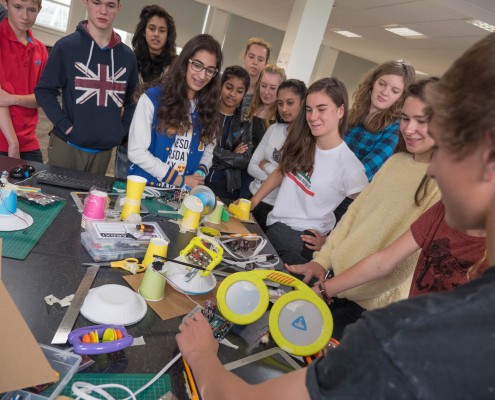
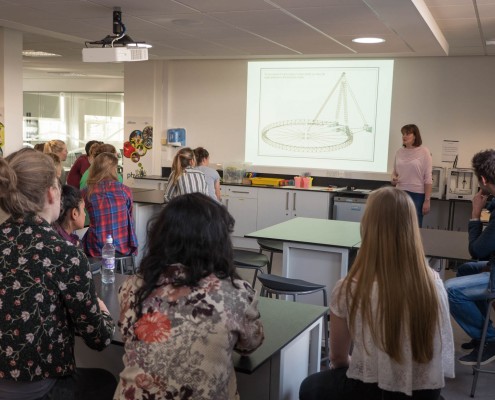

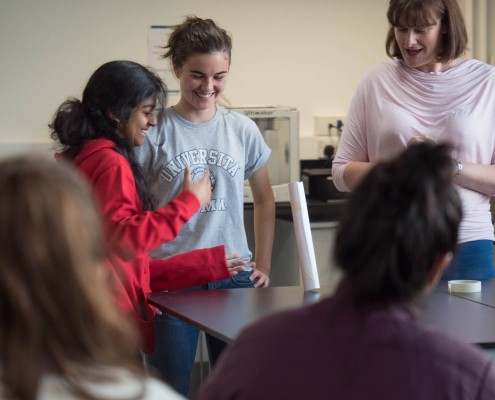
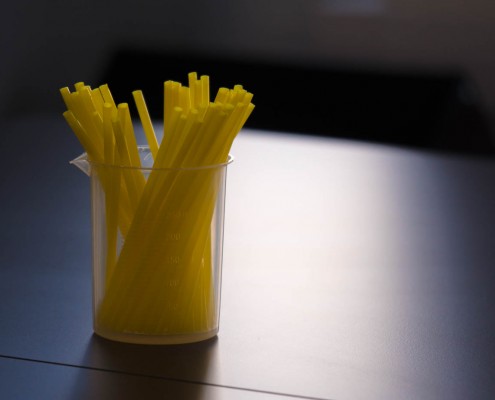
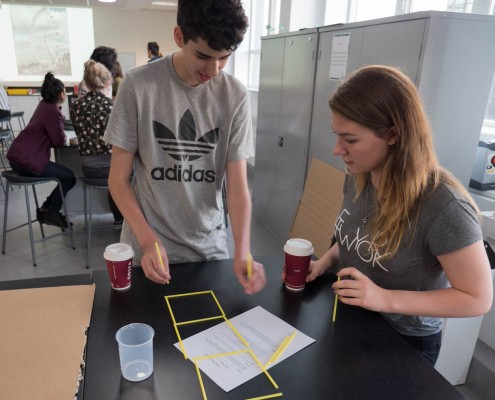
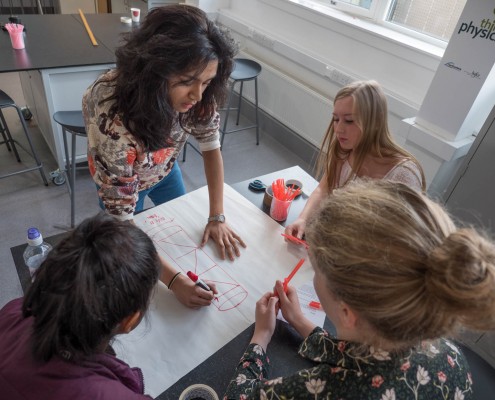
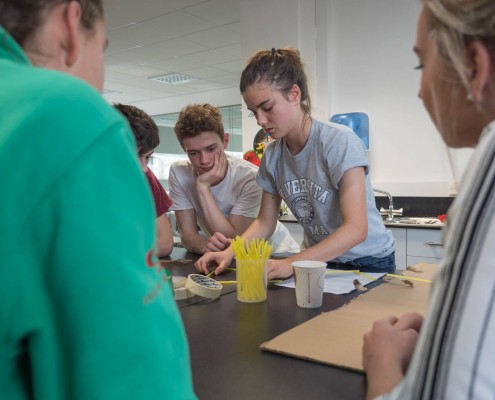
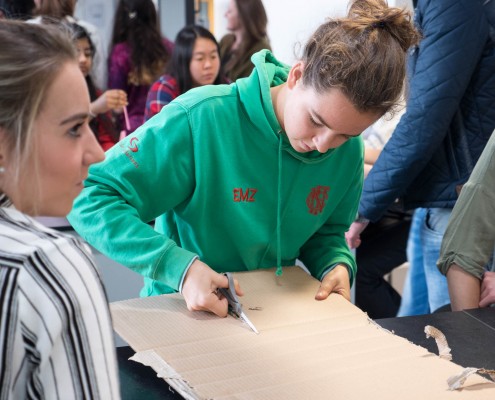
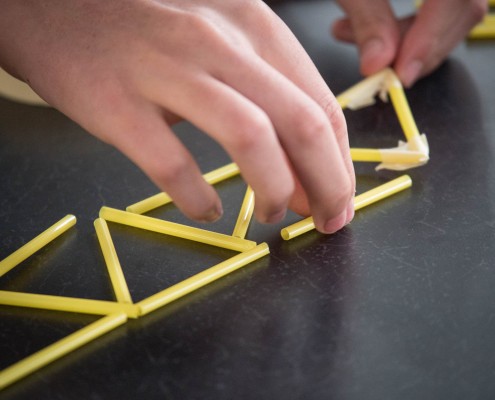
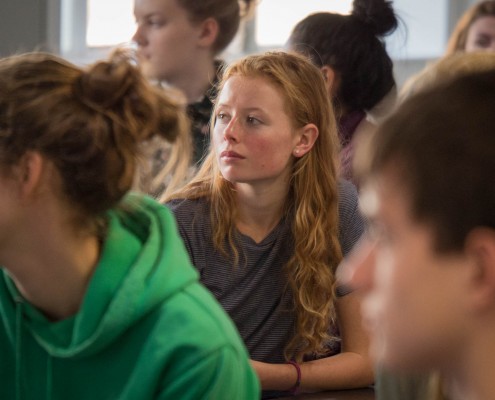
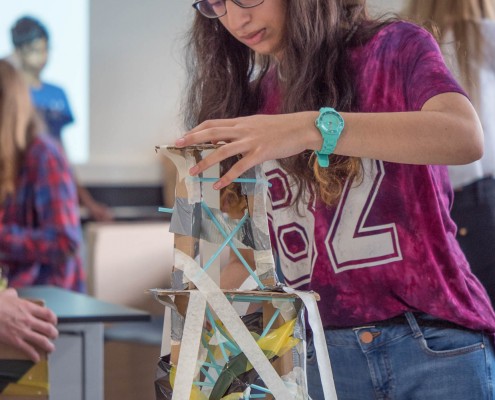
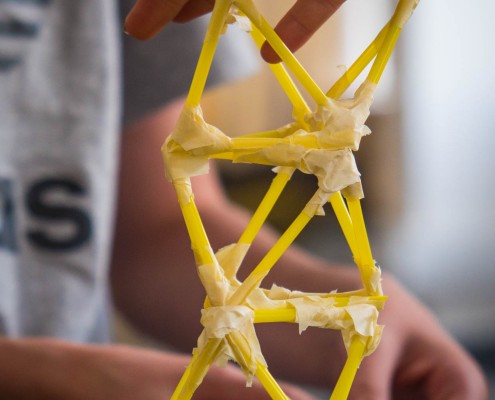
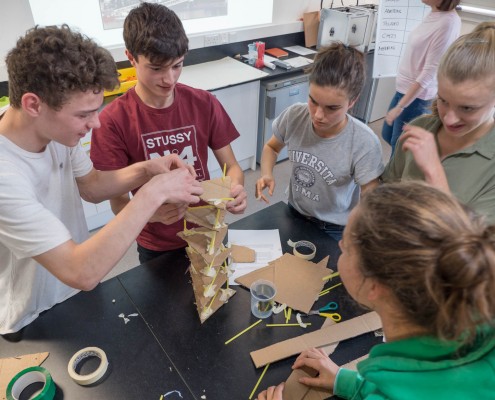
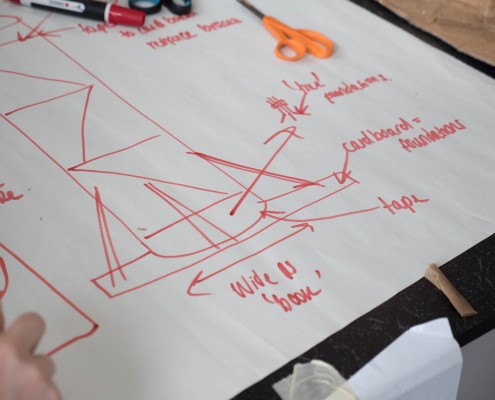


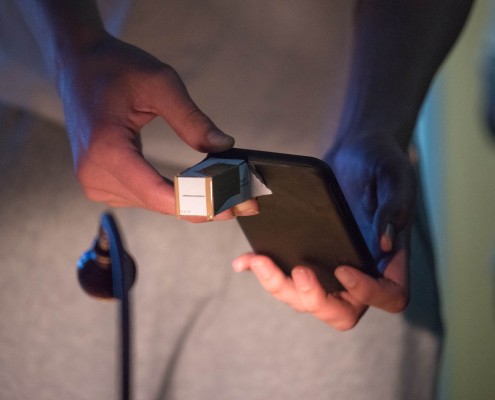

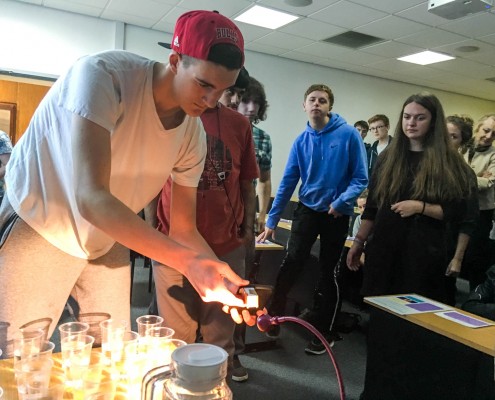
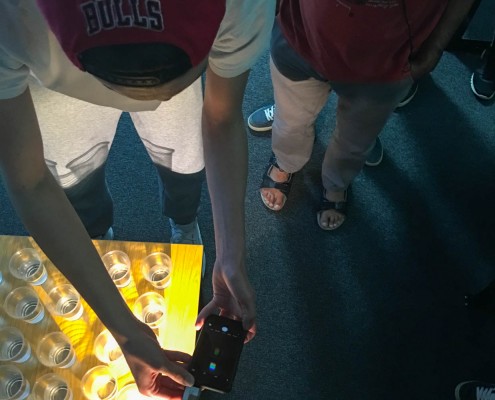
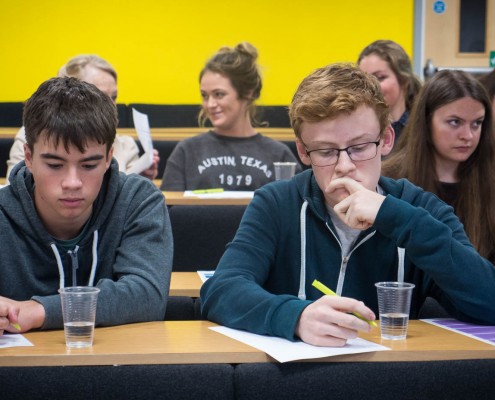

 One of the projects Think Physics is partnered with is
One of the projects Think Physics is partnered with is 